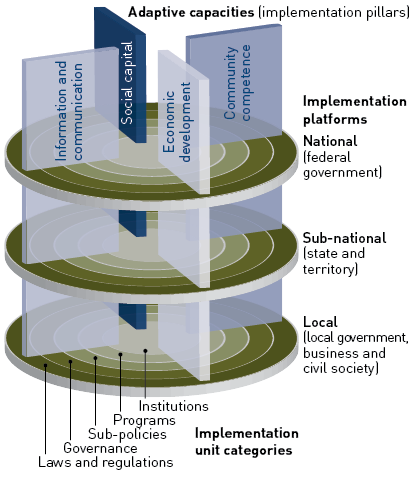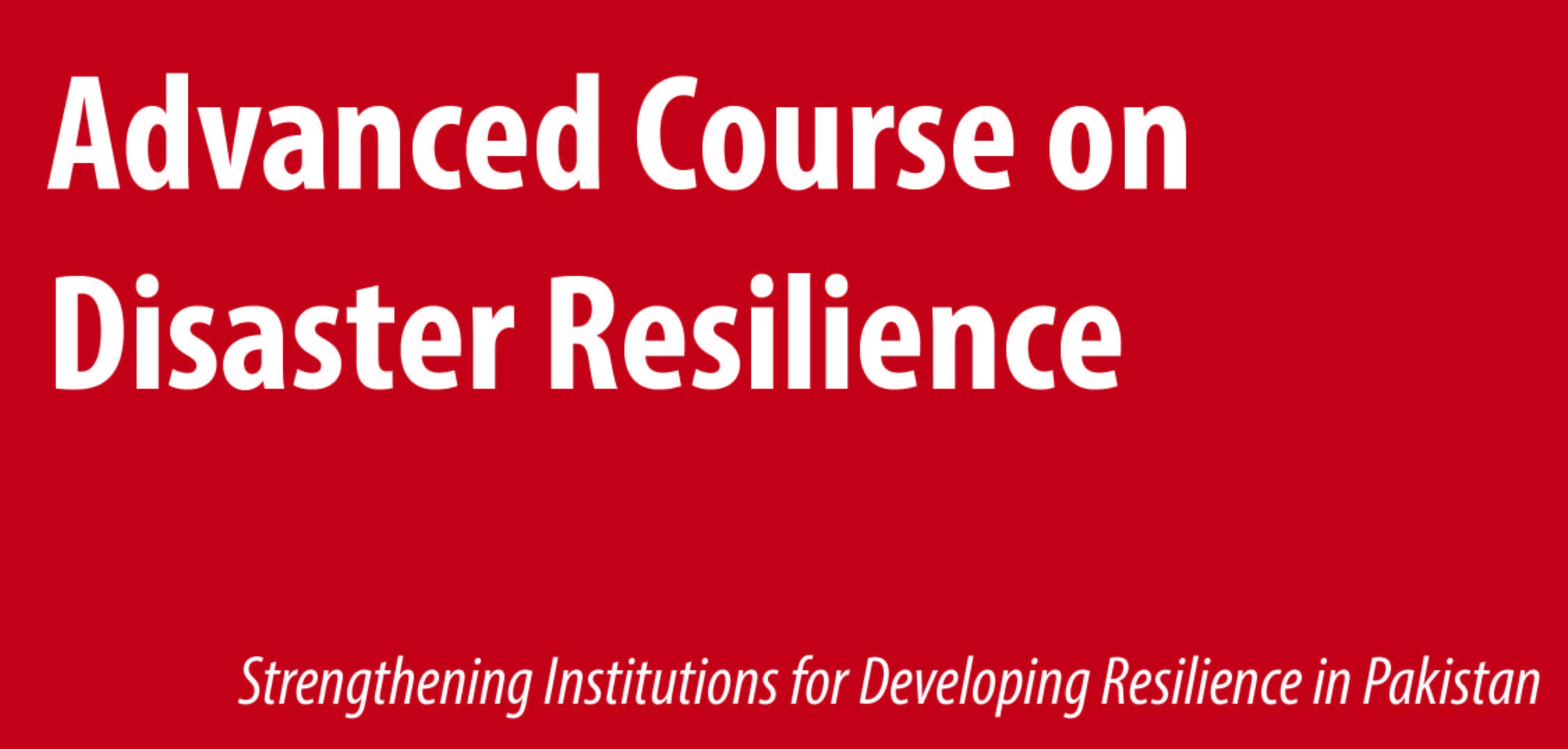What Role Does Architecture Play In Disaster Resilience?
 Architecture has always played an important role in our lives. From simple dwellings to grand monuments, it has been a constant presence throughout human history. However, the importance of architecture education goes beyond just aesthetics and functionality. In fact, it plays a crucial role in disaster mitigation. In this article, we will explore the various ways in which architecture education can help prevent and mitigate the impact of natural disasters.
Architecture has always played an important role in our lives. From simple dwellings to grand monuments, it has been a constant presence throughout human history. However, the importance of architecture education goes beyond just aesthetics and functionality. In fact, it plays a crucial role in disaster mitigation. In this article, we will explore the various ways in which architecture education can help prevent and mitigate the impact of natural disasters.
Disaster-Resilience Cycle
Architecture education can help individuals and communities prepare for disasters through the implementation of the disaster-resilience cycle. This cycle consists of four stages: prevention/mitigation, preparedness, response, and recovery. Each stage is crucial in ensuring the safety and well-being of individuals and communities before, during, and after a disaster.
Prevention/Mitigation
The prevention/mitigation stage involves identifying potential hazards and implementing strategies to reduce their impact. Architecture education can help individuals and communities identify vulnerable areas and design structures that can withstand natural disasters. For example, architects can design buildings with earthquake-resistant foundations, hurricane-resistant roofs, and flood-resistant walls.
Preparedness
The preparedness stage involves developing plans and procedures to minimize the impact of a disaster. Architecture education can help individuals and communities develop emergency plans and shelter designs that can be implemented in the event of a disaster. This can include the design of emergency shelters, evacuation routes, and emergency supplies.
Response
The response stage involves the immediate actions taken during and after a disaster. Architecture education can help individuals and communities design structures that can withstand the impact of a disaster, such as earthquake-resistant buildings. Additionally, architects can design temporary shelters, such as tents and portable housing, for those affected by the disaster.
Recovery
The recovery stage involves the long-term process of rebuilding and restoring communities after a disaster. Architecture education can help individuals and communities design structures that are resilient and sustainable, minimizing the impact of future disasters. For example, architects can design buildings with green roofs and renewable energy sources.
Designing for Accessibility
Architecture education can also help individuals and communities design structures that are accessible to all, including individuals with disabilities. This can range from the design of wheelchair ramps to the integration of braille signage. By incorporating accessibility into the design process, architects can help ensure that all individuals, regardless of their abilities, can safely navigate and use structures.
Sustainable Design
Architecture education can also help promote sustainable design practices. Sustainable design is the practice of designing structures that minimize their impact on the environment and promote sustainability. This can include the use of renewable energy sources, the integration of green roofs, and the use of materials that are environmentally friendly.
Urban Planning
Architecture education can also play a role in urban planning. Urban planning is the process of designing and developing cities and towns. By incorporating principles of sustainable design, accessibility, and disaster mitigation into urban planning, architects can help create communities that are safe, sustainable, and accessible to all.
FAQ
Q: How does architecture education help with disaster mitigation?
A: Architecture education can help individuals and communities prepare for disasters through the implementation of the disaster-resilience cycle. It can also help individuals and communities design structures that are resilient and sustainable, minimizing the impact of future disasters.
Q: What is sustainable design?
A: Sustainable design is the practice of designing structures that minimize their impact on the environment and promote sustainability. This can include the use of renewable energy sources, the integration of green roofs, and the use of materials that are environmentally friendly.
Q: How does architecture education help promote accessibility?
A: By incorporating accessibility into the design process, architects can help ensure that all individuals, regardless of their abilities, can safely navigate and use structures.
Q: What is urban planning?
A: Urban planning is the process of designing and developing cities and towns. By incorporating principles of sustainable design, accessibility, and disaster mitigation into urban planning, architects can help create communities that are safe, sustainable, and accessible to all.
Conclusion
Architecture education plays an important role in disaster mitigation. It helps individuals and communities prepare for disasters through the implementation of the disaster-resilience cycle. Additionally, it promotes sustainable design, accessibility, and urban planning, creating structures and communities that are safe, sustainable, and accessible to all. By incorporating these principles into the design process, architects can help create a safer, more sustainable future for all.




Post a Comment for "What Role Does Architecture Play In Disaster Resilience?"